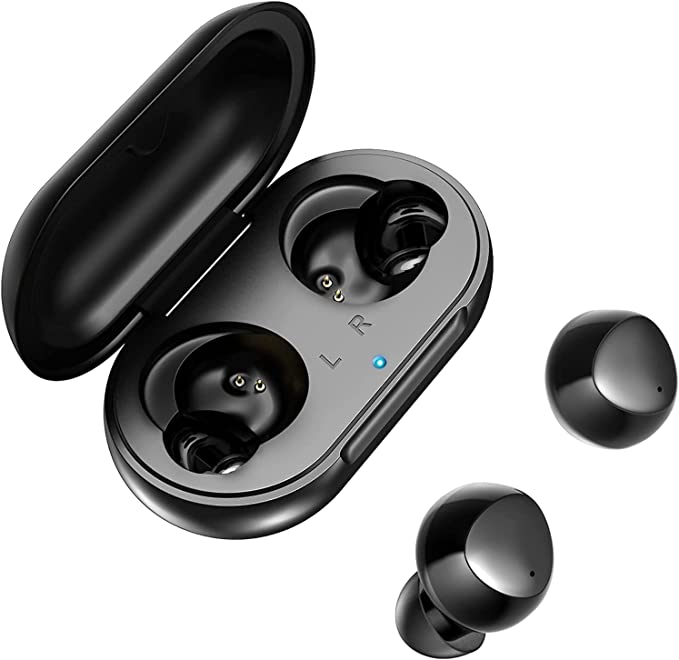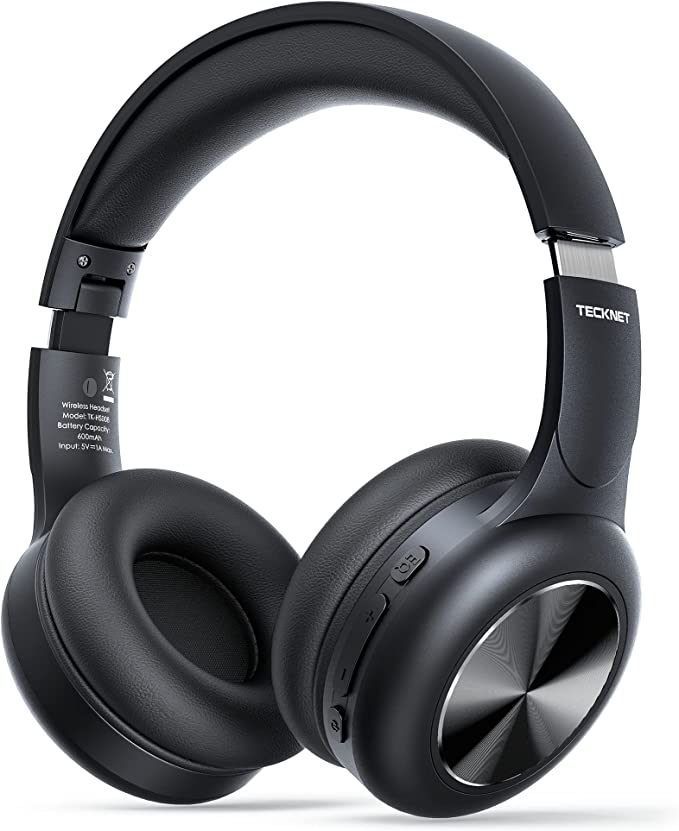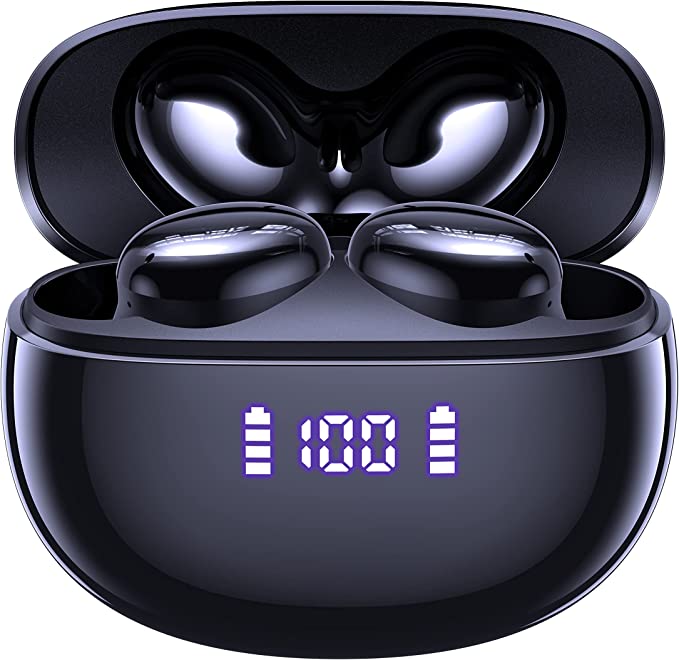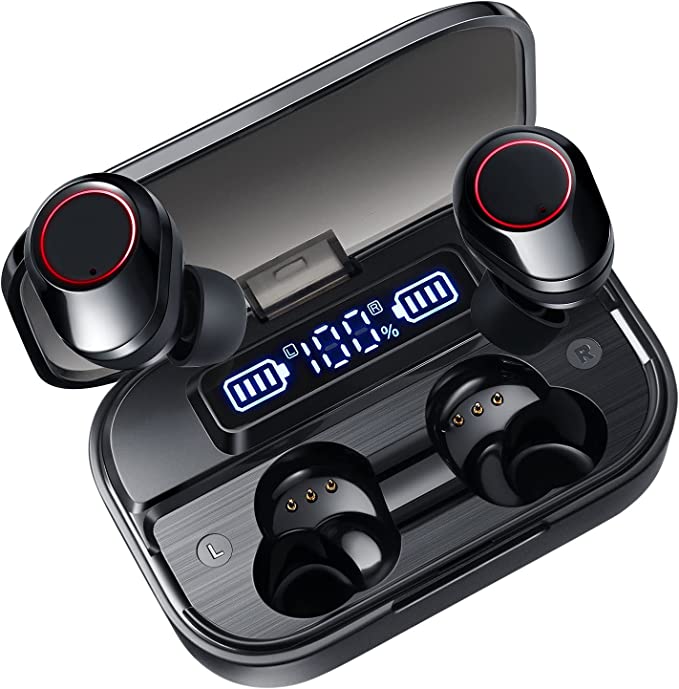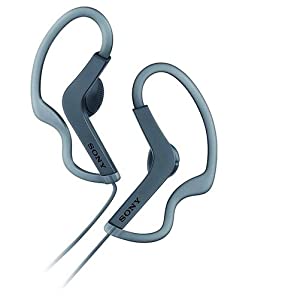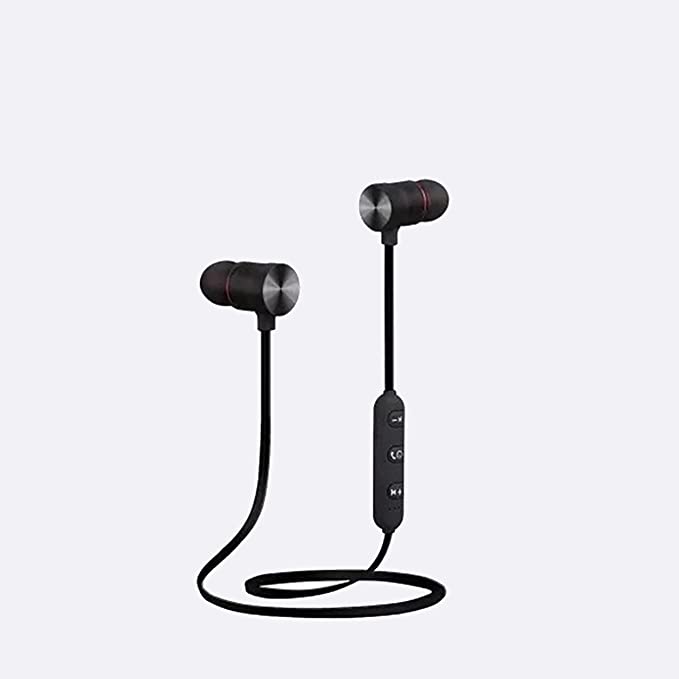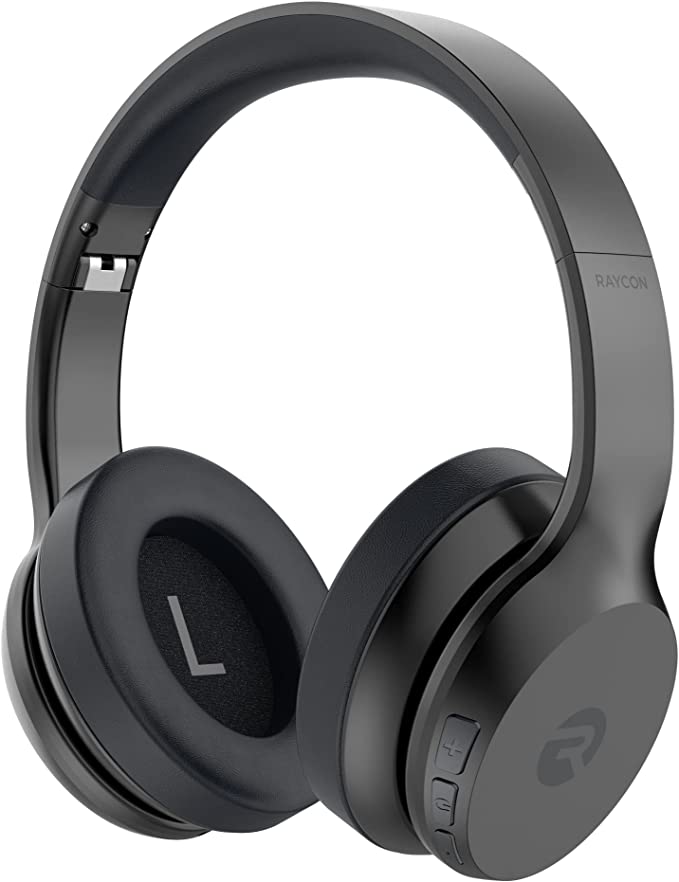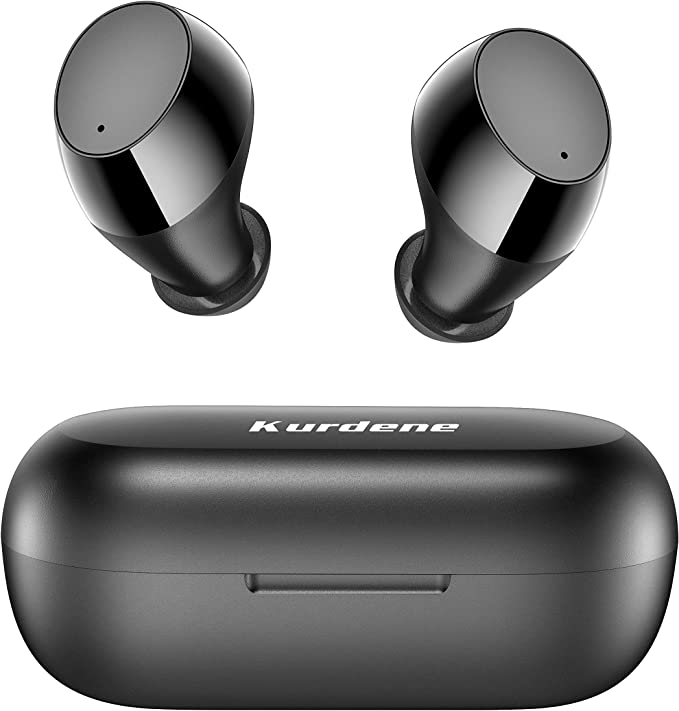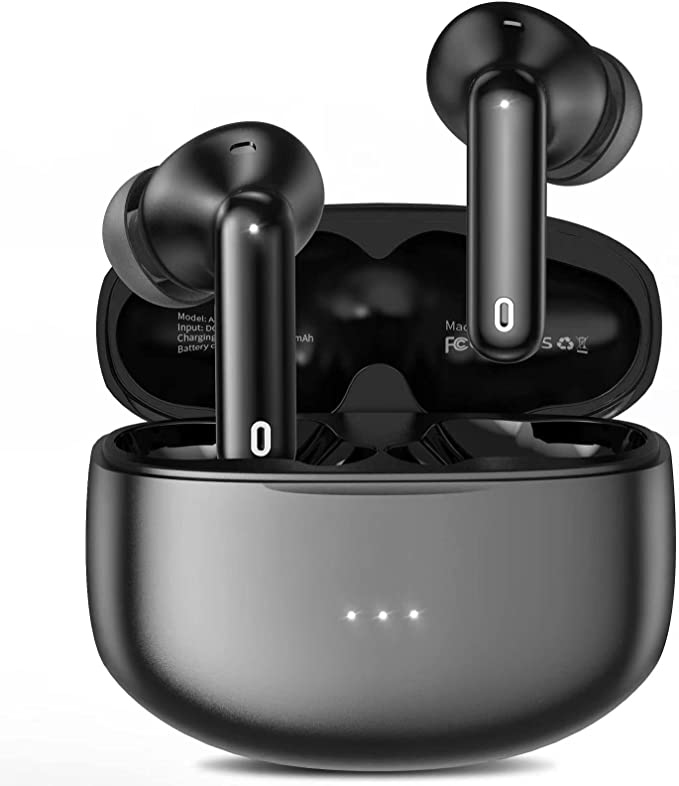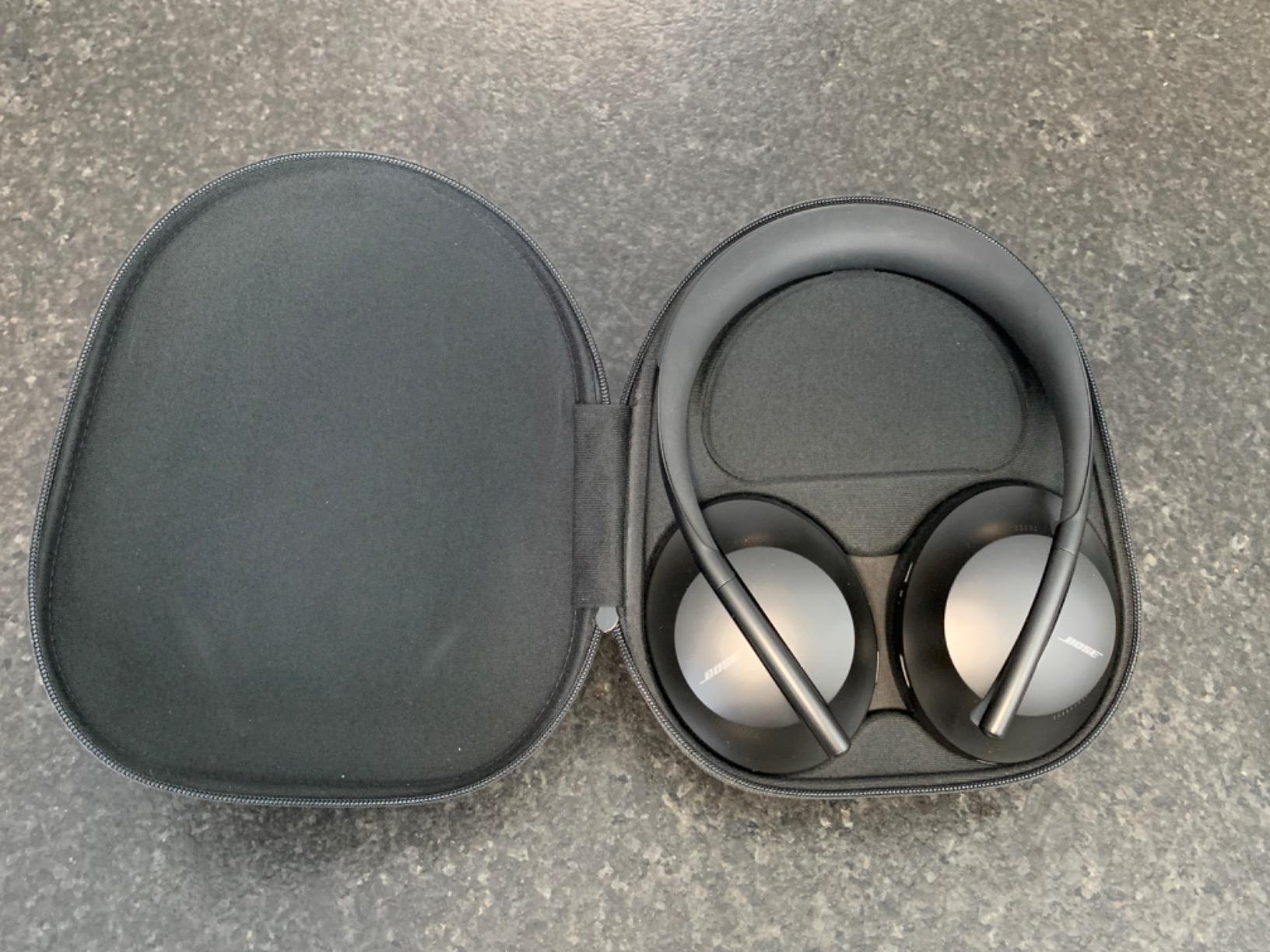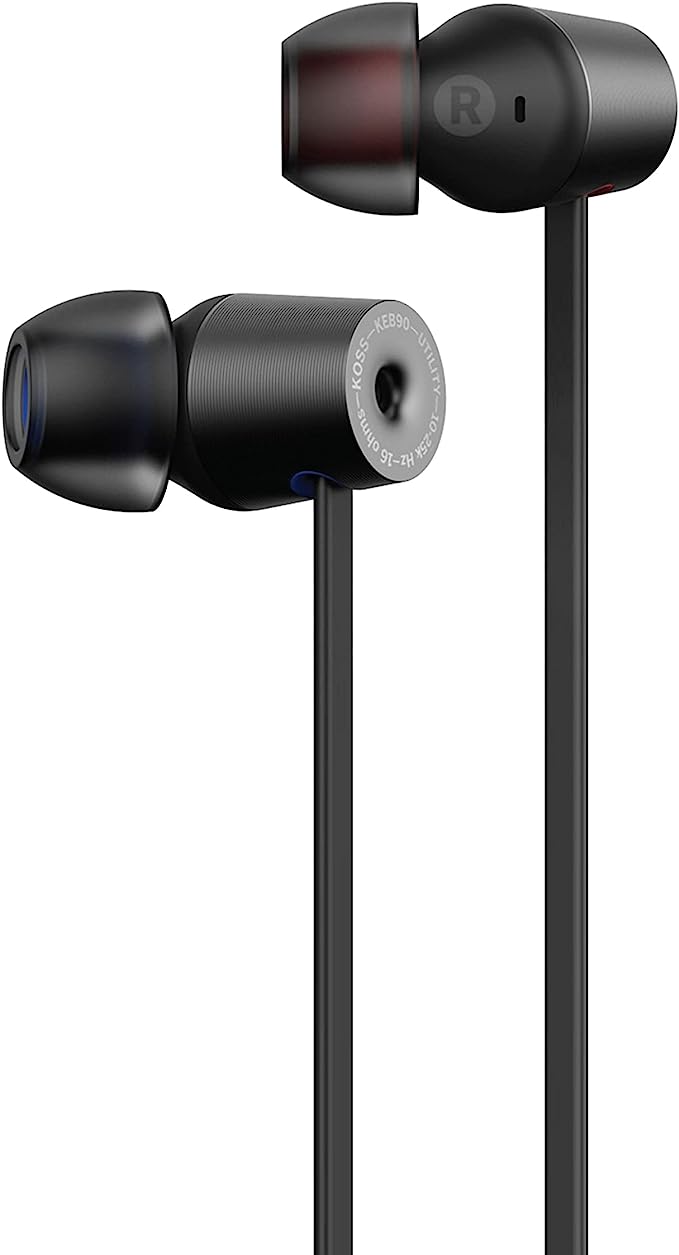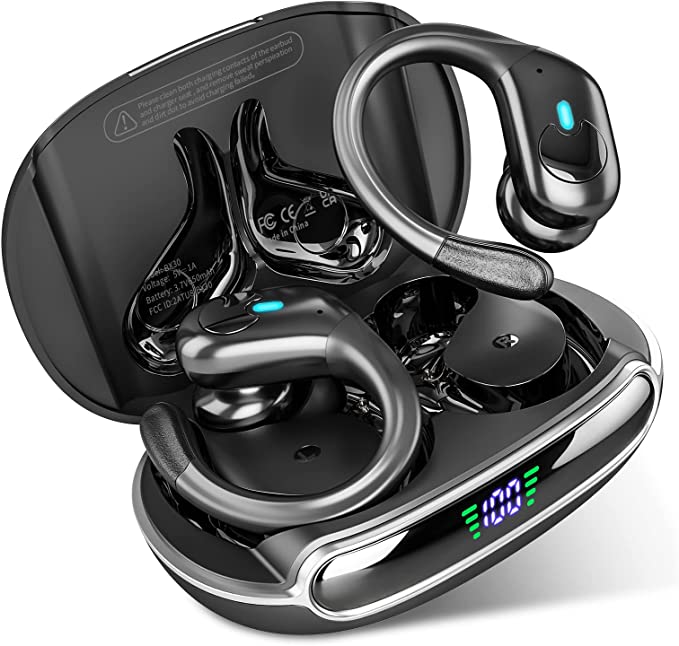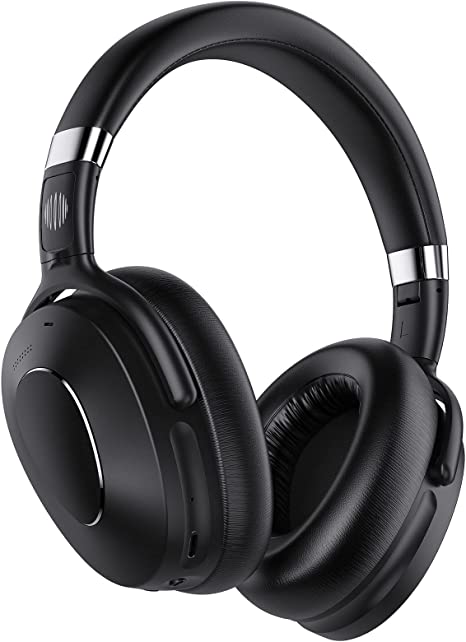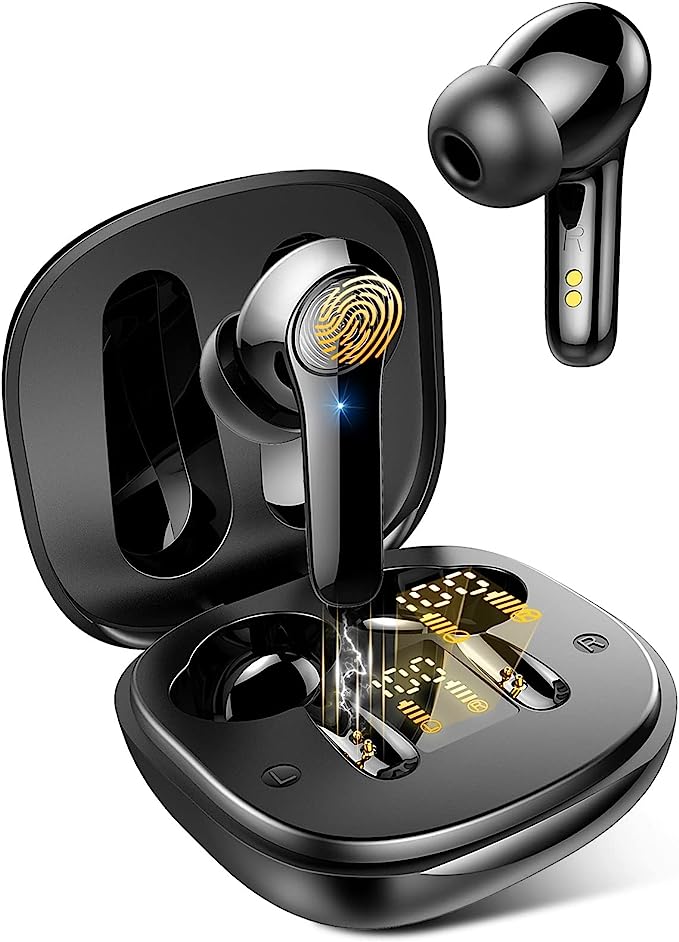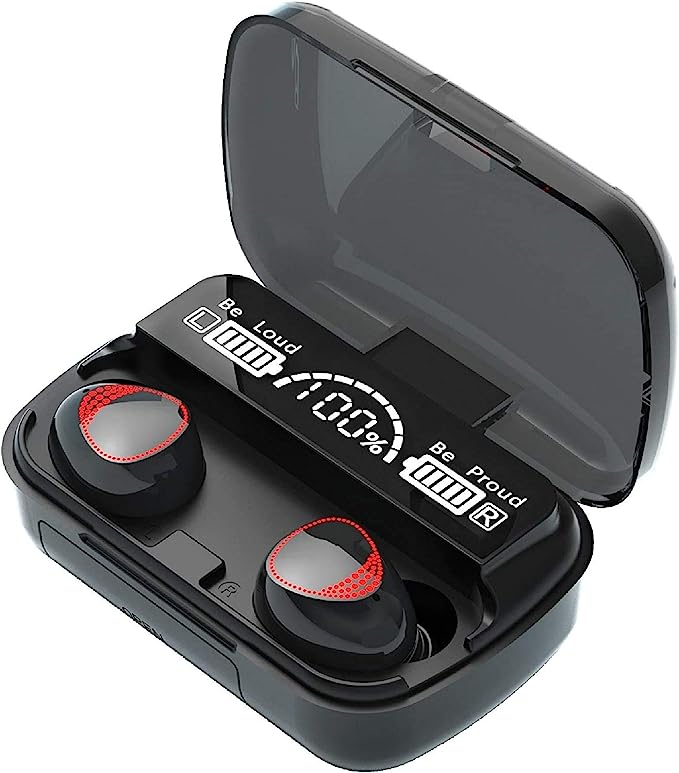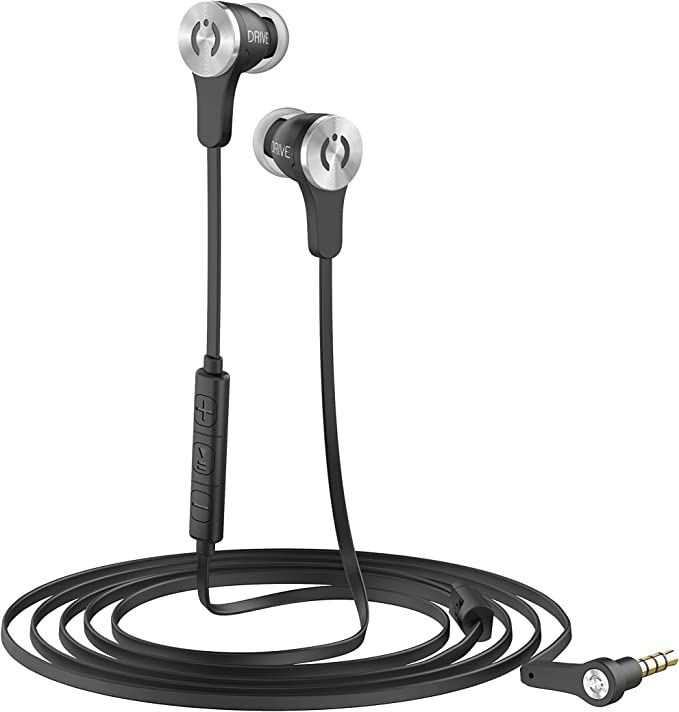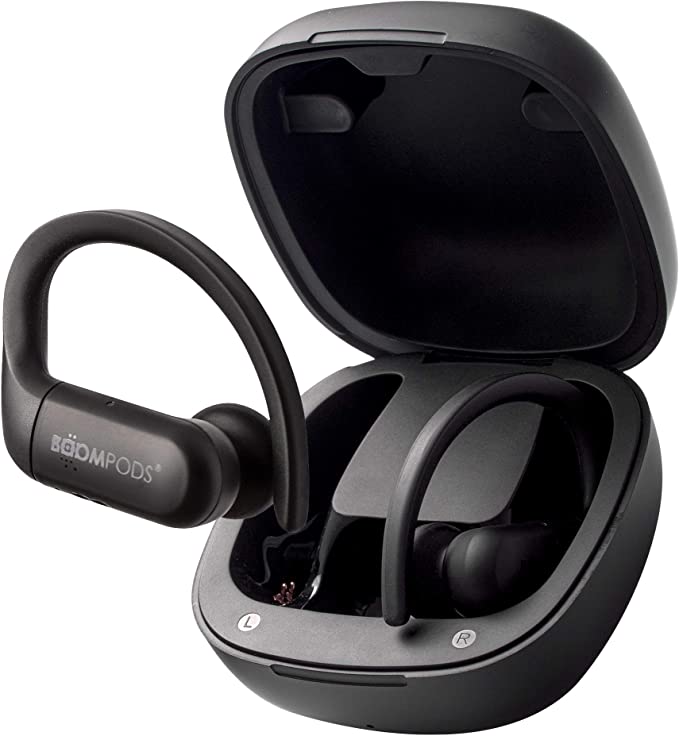PSIER S16 Wireless Earbuds: Experience Superior Sound and Unmatched Comfort
Update on Sept. 13, 2025, 12:34 p.m.
Let’s use a pair of ordinary-looking earbuds as a scalpel to dissect the extraordinary physics, chemistry, and psychology that power our personal audio world.
There’s a quiet magic in the air. It’s the magic of untethered sound, of sprawling soundscapes contained within devices that are barely visible, tucked away in our ears. We’ve become so accustomed to this magic that we rarely stop to question it. How is it possible that these tiny plastic pods, weighing just a few grams, can hold a charge for an entire day, create three-dimensional audio worlds, and survive a downpour, all while communicating flawlessly with a phone in our pocket?
We tend to evaluate these devices by their feature lists—a checklist of version numbers and specifications. But to do so is to admire the cover of a book without ever reading the story inside. The real story isn’t about the features themselves, but about the incredible scientific and engineering ballet required to make them coexist.
To pull back the curtain, let’s take a look at a representative example of the modern earbud—something like the PSIER S16 model you might find on Amazon. It claims Bluetooth 5.3, a 50-hour playtime, IPX7 waterproofing, and “Spatial Audio.” On the surface, it’s just another spec sheet. But if we treat it not as a product to be reviewed, but as a specimen to be deconstructed, it becomes a fascinating guide to the invisible science we carry with us every day. This isn’t a review; it’s an exploration.

The Unseen Bridge — Stability and Freedom via Bluetooth 5.3
For many of us, the first taste of wireless audio was a frustrating one, filled with stutters, dropouts, and the dreaded “re-pairing” dance. The wireless connection was less of a bridge and more of a fragile, fraying thread. The move to technologies like Bluetooth 5.3 is about transforming that thread into a multi-lane, reinforced highway.
What does a number like “5.3” really mean? It’s not just a sequential update; it’s a reflection of engineers methodically identifying and solving a series of problems. Early Bluetooth struggled with bandwidth, interference, and, most critically, power consumption. Each new version has been a targeted strike against these weaknesses. Bluetooth 5.3, for instance, brings improved channel classification, which allows the earbuds to quickly identify and avoid crowded or “noisy” channels—think of it as a smart GPS rerouting your data packets to avoid traffic jams in a busy gym or coffee shop.
This also brings significant gains in power efficiency. The connection is smarter, requiring less energy to maintain a stable link, which plays a crucial role in extending battery life. But the highway is only half the story; you also need to consider the “language” being spoken across it. This is where audio codecs like SBC and AAC come in. They are the compression algorithms that shrink the audio file to a manageable size for its wireless journey. While the S16, like most standard earbuds, uses these foundational codecs, the stability provided by its Bluetooth 5.3 backbone ensures that the data packets—the building blocks of your music—arrive consistently and in the right order. This consistent delivery is the bedrock of a stable listening experience.

The Power Plant — Chasing the 50-Hour Dream
A claim of “50 hours of playtime” seems almost ludicrous for a device so small. This feat isn’t the result of a single breakthrough but the convergence of two distinct scientific fields: chemistry and computer science.
First, the chemistry. The charging case acts as a portable power plant, or perhaps more accurately, an aircraft carrier. The earbuds are like fighter jets; they have limited fuel tanks but can return to the carrier multiple times to refuel before the carrier itself needs to head back to port (the wall outlet). This is all made possible by the incredible energy density of modern Lithium-ion batteries. The science within these tiny cells, involving the controlled migration of lithium ions between a graphite anode and a cobalt oxide cathode, allows us to store a vast amount of energy in a minuscule space—a Nobel Prize-winning technology that powers nearly every aspect of our portable lives.
But the battery is only half the equation. The other, often-overlooked hero is the chip inside the earbuds—the System on a Chip (SoC). This is where computer science comes in. In a silent parallel to Moore’s Law, which dictates the shrinking of transistors, the power efficiency of these chips has skyrocketed. The SoC is the brain of the operation, and it has been obsessively optimized to be as frugal with power as possible. It manages everything from the Bluetooth connection to audio processing, and it’s designed to enter deep-sleep states in milliseconds of inactivity. So, that 50-hour figure isn’t just about a bigger tank of gas; it’s about a hyper-efficient engine that sips fuel instead of guzzling it. It’s a victory for both chemistry and clever code.

Crafting Worlds in Your Head — The Physics and Psychology of Sound
This is where things get truly fascinating. How does an earbud create sound, and how does it trick our brains into perceiving a three-dimensional space? The answer lies in a partnership between raw physics and cognitive psychology.
The physical heart of the sound is the 10mm dynamic driver. Think of it as a perfect, miniature drum. An electrical signal, carrying the audio information, flows through a voice coil attached to a diaphragm (the drum skin). This creates a fluctuating magnetic field, causing the diaphragm to vibrate back and forth with incredible speed and precision. These vibrations push the air, creating the sound waves that travel down your ear canal. A larger driver, like the 10mm one here, has a larger surface area. It can physically move more air with each vibration, which is crucial for reproducing low-frequency sounds—the deep, resonant bass you can feel as much as hear.
But creating sound waves is one thing; creating a soundstage is another. This is where the marketing term “Spatial Audio” points to a profound scientific field: psychoacoustics. Your brain is a master sound processor. It determines a sound’s location using tiny, almost imperceptible cues. The two most important are the Interaural Time Difference (ITD)—the minuscule delay between a sound reaching one ear versus the other—and the Interaural Level Difference (ILD), the slight difference in volume because your head creates an “acoustic shadow.”
Spatial audio is, essentially, a beautifully engineered lie. Using complex algorithms, the earbuds slightly delay the signal and alter the volume in one ear relative to the other, mimicking the ITD and ILD cues of a real-world sound source. They are reverse-engineering your brain’s natural localization process. When done well, this computational audio can convince your brain that the sound isn’t coming from two tiny points inside your ears, but from an expansive, three-dimensional space all around you.

The Engineer’s Dilemma — A Masterclass in Trade-Offs
Now for the most important, and most honest, part of our exploration. In engineering, no feature is free. Every decision is a compromise, a balancing act between competing priorities. A consumer-grade earbud is a masterclass in these trade-offs, and we can see them clearly if we look at the friction points mentioned in user experiences.
Consider the IPX7 waterproof rating. This is a fantastic feature for durability, meaning the earbuds can survive being submerged in a meter of water for 30 minutes. To achieve this, engineers must create a perfect seal around all the electronics. But what about the microphone? It needs to be open to the air to capture your voice. The solution is typically a high-tech membrane, an acoustic vent made of materials like ePTFE, which is porous enough to let air (and sound waves) pass through but has pores too small for water molecules. This brings us to the core of the paradox: this life-saving waterproof barrier inevitably muffles the very sound it’s supposed to capture. This single engineering choice directly answers one of the most common user complaints: “The music sounds great, but people say I sound like I’m underwater on calls.” It’s not a defect; it’s a physical trade-off.

We see a similar dilemma with the intelligent touch controls. These rely on capacitive sensing, detecting the tiny electrical charge from your fingertip. The challenge is tuning the sensitivity. Make it too low, and taps won’t register, causing frustration. Make it too high, and a stray brush of a hand or piece of hair can accidentally pause your music or blast the volume. The conflicting user reviews—some finding the controls “intuitive,” others “annoyingly sensitive”—don’t necessarily indicate a faulty product, but rather the near-impossibility of finding a universal sweet spot for human touch.
Looking at a device through the lens of its compromises is the most honest way to appreciate its design. These earbuds are not a collection of perfect, independent features. They are an intricate, interwoven system where every strength creates a corresponding, and often unavoidable, challenge. The true marvel of modern engineering isn’t achieving perfection; it’s in managing these compromises so elegantly that the magic, for the most part, remains intact. It is, in its own way, a beautiful symphony of compromise.


